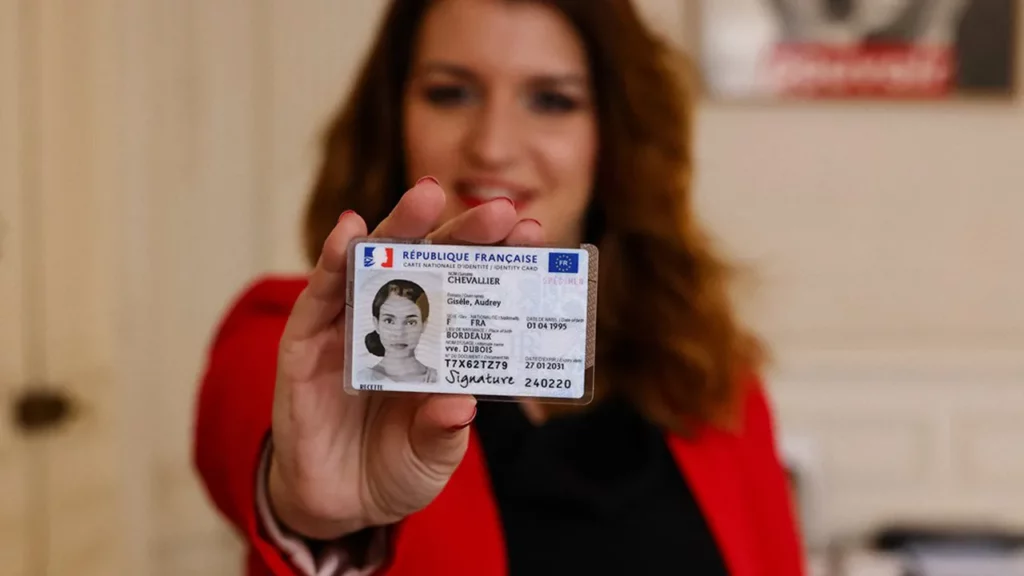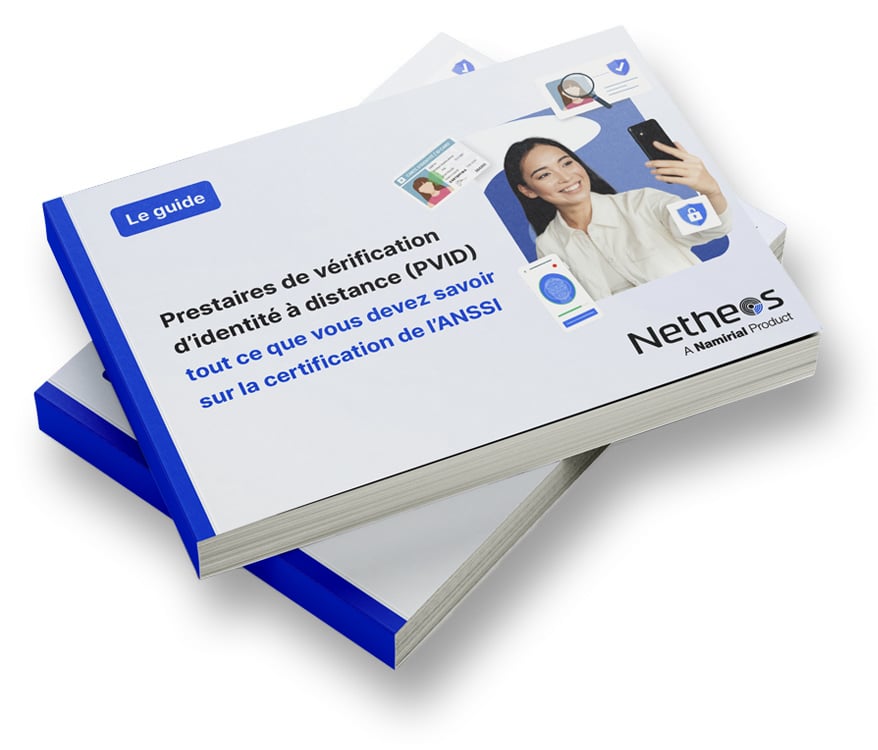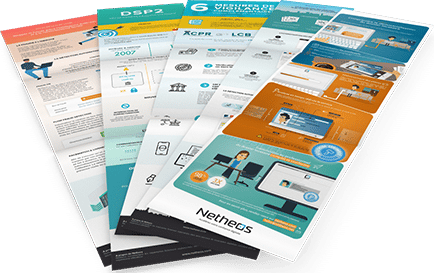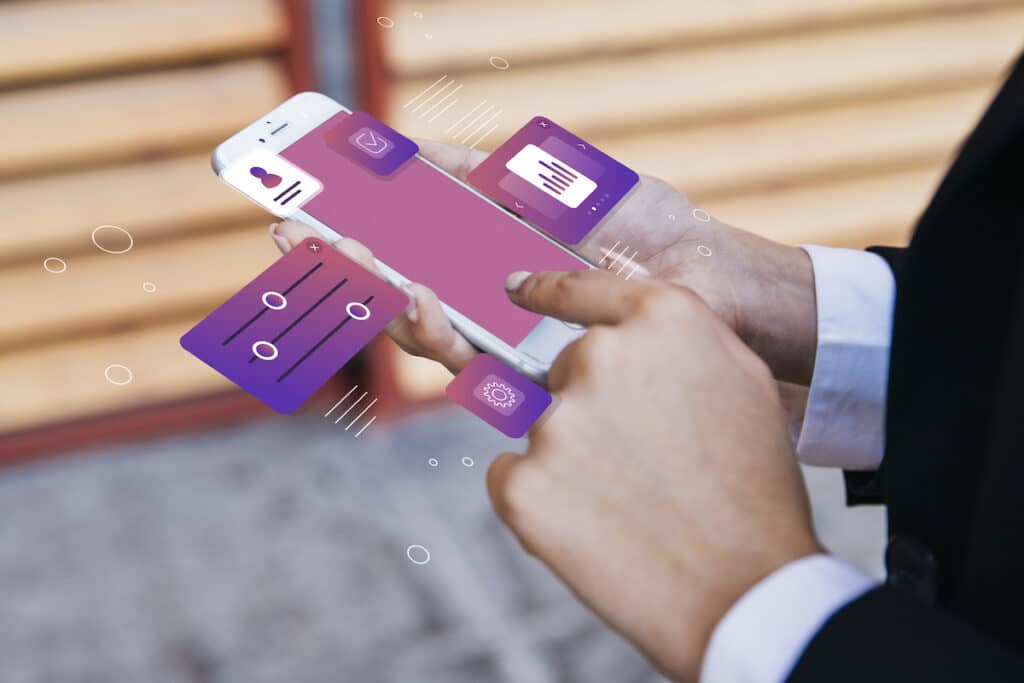Improve KYC and customer experience (Know Your Customer)
If there’s one thing we can all agree on, it’s that since 2020, the notion of normal has become slightly different. The world has changed, and while the physical world has stopped, the digital world has accelerated. Our professional, personal and family lives have collapsed, whether we’re talking about virtual distance learning, the way we shop, or the way we take out credit with our bank.
There’s a running joke that it’s COVID, rather than your CEO or CTO, who has led your company’s digital transformation in recent years, and we’ve certainly seen this reflected in the market (and in KYC and customer experience)
On average, digital offerings have made a seven-year leap forward in just a few months. This seismic shift towards digital channels will continue after the pandemic, with companies reaping the rewards.
94% of financial services companies (banking, insurance, etc.) said they were convinced that fintech solutions would help boost their company’s sales over the next two years – which makes sense, doesn’t it?
New technologies make it possible to introduce new functions/procedures, improve ease of use, reduce costs (acquisition), increase operational efficiency, compliance, expand the database and consumer reach.
At the same time as this evolution is taking place for companies, we have seen fundamental changes in consumer behavior, in particular the growing shift to online channels. Locked in and unable to access the usual shops (like banks, for example), we’ve grown accustomed to the idea of using e-commerce for everything from groceries to financial services. Users of our products are three times more likely than before the crisis to say that their future interactions with their customers will be digital.
What we’re seeing, as the epidemic weakens, is an increasingly omnichannel society in which the physical and digital worlds will come together, in a way that makes it much easier and more convenient to connect, identify, purchase and access services (financial and otherwise).
What does this mean for KYC and the customer experience (Know Your Customer)?

This starts with a thorough identification of people’s attitudes and behaviors regardingdigital identity (KYC ) and access to an online service. We need to take the time to understand our customers, their needs, their motivations and the challenges they face when using our products and services.
We know this because our customer relations department at Netheos puts a lot of effort into talking directly to our customers and observing them using our products. Thanks to this data, we have been able to adapt and improve our user experience to meet a wide variety of needs, environments and use cases (from blockchain technology to online gaming, banking and insurance, etc.).
In doing so, we made a surprising observation: A truly frictionless experience is not necessarily the optimal outcome in the identity and document verification process, for compliance and risk mitigation.
When the removal of this friction compromises other usability constraints, such as user safety and security (or promotes the risk of electronic fraud), it can actually be detrimental to users and companies alike, especially when designing highly critical systems.
The addition of a strategically designed on constraint can guide users through onboarding, setting them up for success, and ensuring that your company has the strongest signals for making security decisions (fraud, etc.). In our work at NETHEOS, we’ve seen first-hand the benefits of adding intentional, well-designed friction moments for our users.
Customer experience: the locksmith paradox
There’s an excellent example of this phenomenon called the Locksmith Paradox, which can be paralleled to improving KYC and customer experience.

There’s an emotional impact: the customer will be embarrassed that it was so easy and that he wasted the locksmith’s time.
This changes the customer’s perception of value: he’ll be immediately annoyed at having to pay so much for five seconds’ work, and is likely to be frustrated: it’s a guarantee of never seeing him again.
This has an impact on their sense of security/confidence: they’ll never feel safe with this lock (or any other) again, and may sleep badly.
The combination of these three elements means that customer satisfaction decreases as you get better at your job.
Experienced locksmiths quickly learn to take their time: they can hit the lock with various tools from their toolbox or blow into it with compressed air (which doesn’t help), then “click!”, it opens, and the customer is SUPER HAPPY to have found a solution to his problem.
By adding intentional and deliberate friction to the experience, locksmiths have improved their results and those of their customers. Our digital experiences are exactly the same (and this in banking, blockchain, or insurance).
So, as you evaluate and optimize these KYC constraints and customer experience on your own platforms, I leave you with three tips:
- Firstly, we need to respond to the seismic shift in user issues. The way you manage identity and KYC (Know Your Customer) is important not just at onboarding, but throughout the remote customer journey. The onboarding phases are the real stakes, because if you succeed in this part of the process of identifying and verifying information, you’ll have much more confidence in your customers on your platform. The shift to digital we’ve been talking about is a unique opportunity to meet our customers where they are and add tangible value to their lives.
- Secondly, exceeding customer expectations starts with data analysis and a thorough understanding of their needs. Take the time to observe them using your products in real-life environments, and you’ll start to see patterns emerge about what’s holding them back, and what you can do about it.
- Finally, look for this balance when designing experiments in proof of identity, consent and authentication, or document controls. As our locksmith taught us, it’s useful to distinguish between negative friction – the kind that frustrates and annoys your customers – and positive friction, the kind that offers people tangible benefits. By paying attention to this, you can manage their perception of your value and improve their security and relationship with your brand, whether you’re a bank, an insurance company, or a software company.











